Film Name: 山海經之再見怪獸 / Goodbye Monster
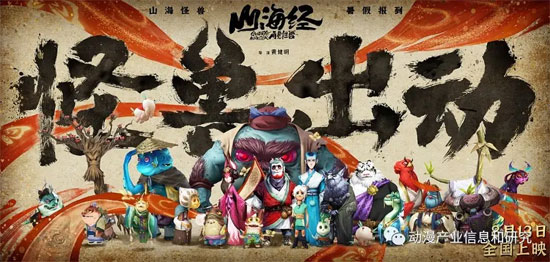
If Spirited Away crafted a bathhouse for spirits, depicting how spirits bathe, then Goodbye Monster builds a clinic for monsters, showing how monsters receive medical care. This concept truly represents a creative transformation within the Mountains and Seas cultural framework.
The work could have delved into greater detail. For instance, it could explore how monsters register for appointments, purchase medicine, or undergo physical examinations (what would MRI or CT scans look like in the Classic of Mountains and Seas?). Would the clinic’s outpatient departments resemble modern human hospitals with individual rooms? Would there be specialized departments? Would monsters with numerous teeth incur extra fees for dental cleanings? How would aquatic monsters receive medical care? These details would prove highly engaging.
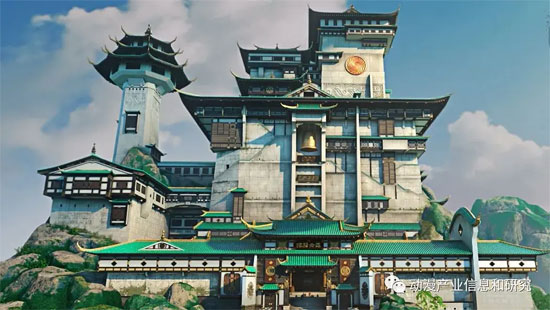
If you’re going to create a monster clinic, take it to the extreme. Make it something audiences can compare to modern human hospitals, finding humor and delight in the similarities and differences. This kind of wit is far more sophisticated than having the protagonist resort to gimmicks like stinky feet.
“Goodbye Monster” stands out among domestic animations for its rare focus on mental health themes. The concept of “saying goodbye to monsters” symbolizes bidding farewell to the inner demons within oneself. In the film, monsters across the Shan Hai world are afflicted by a disease called “Black Spirit”—essentially their own negative emotions and dark energy, a psychological disorder that causes them to lose themselves.
The causes of “Black Spirit” are manifold: real-world oppression, emotional setbacks, character flaws, and more. Huozhu, a physician suppressed by the aura of the male protagonist Bai Ze, develops Black Spirit after being overlooked by his master and failing to surpass Bai Ze. Xiao Qilin Yi develops Black Spirit due to discrimination and bullying over his small horns, compounded by his inability to overcome grief after his father’s departure. The Three-Headed Mountain God, plagued by constant internal conflict and indecision stemming from his multiple heads, also succumbs to Black Spirit.
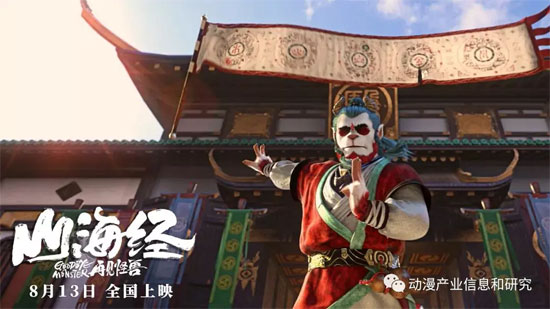
The film states that dark spirits are incurable. In reality, most physicians treat them as physical ailments, unaware that psychological approaches are required. They resort to piecemeal solutions—absorbing dark spirits or employing spells to resist, suppress, or eliminate them—without addressing the root causes, thus failing to achieve a cure.
The film depicts only two instances of genuine, effective treatment for the Black Spirit, both employing psychological therapy. In one, Yi leads patients afflicted by the Black Spirit into dancing, helping them forget their sorrows and restoring brightness to their appearance.
The other instance occurs when Baize enters Yi’s inner world, genuinely empathizing with the child’s thoughts and emotions. He discovers that Yi’s infection stems from the deep-seated pain of his father’s departure. Baize then steps into the role of a father figure, helping Yi rediscover paternal love and find the courage to face the future. With this emotional healing, the dark spirit naturally dissipates. Notably, this scene is profoundly moving, bringing tears to many viewers’ eyes.
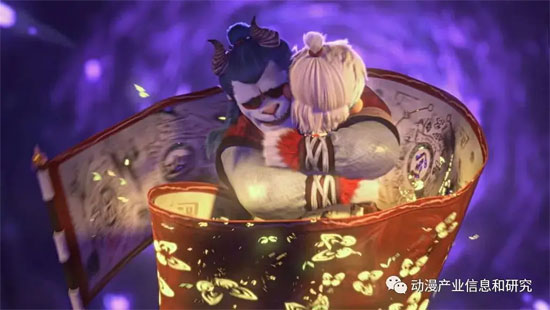
As the protagonist of the film, Baize is the senior disciple of the chief physician at the ancient medical clinic. Highly talented yet unconventional, he cares little for worldly fame and fortune, devoting himself entirely to finding a way to neutralize the Black Spirit. However, the film overemphasizes his brilliance and determination while neglecting to portray his medical ethics and compassionate heart. It suggests he possesses a light capable of illuminating darkness, but if that light stems solely from talent and persistence, it clearly falls short. True radiance should stem from a physician’s heart filled with great compassion.
Had he possessed such a compassionate heart, he might not have recklessly dealt with the erupting Black Spirit, thereby plunging the entire Shan Hai world into crisis. If he possessed such a heart, he wouldn’t have hesitated so much when Yi sought his help. He wouldn’t have left the young Yi alone to face dangers on the island and in the mountains, only deciding to return once he reached the mountain’s base instead of steadfastly accompanying him from the start.
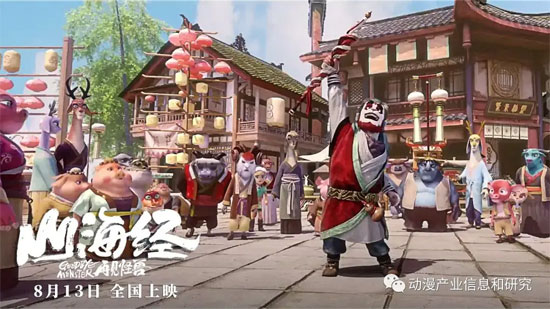
So when we consider the film’s portrayal of Bai Ze—that he cannot generate dark spirits—it feels odd. For he isn’t truly that exceptional, that selfless, that utterly free of psychological issues. Didn’t he persistently misunderstand the old curator’s rejection, suppression, and distrust? Didn’t he doubt his own ability to eliminate dark spirits? Aren’t these very emotions the “dark spirits” within his own heart? It’s not as if psychiatrists are immune to psychological issues, nor should protagonists be granted invulnerability. Allowing Bai Ze to develop dark spirits might have been far more compelling—it could have deepened his understanding of their nature.
Recently, I’ve interacted with several practitioners, particularly traditional Chinese medicine doctors, who emphasize the importance of inheritance(transmission). As an animated work centered on medicine, it should prioritize conveying the inheritance of medical ethics. The film does capture this aspect quite well. For instance, Ren Shen embodies noble medical ethics like great compassion and self-sacrifice. After understanding his master’s true intentions and methods, Bai Ze is genuinely influenced, inheriting the physician’s benevolent heart.
Yet we also hope Bai Ze will carry this medical ethics forward. If he alone can treat dark spirits, he becomes a lone hero à la American sci-fi animation—no longer a doctor. A more satisfying conclusion might have been for Yi, having been saved and influenced by Bai Ze, to eventually become a medical apprentice himself. He already demonstrated potential for compassion and altruism through his precedent of healing patients through dance. This would have established a lineage of medical ethics and skill, passing from the old clinic owner, Physician Ren, to Bai Ze, and then to Yi.
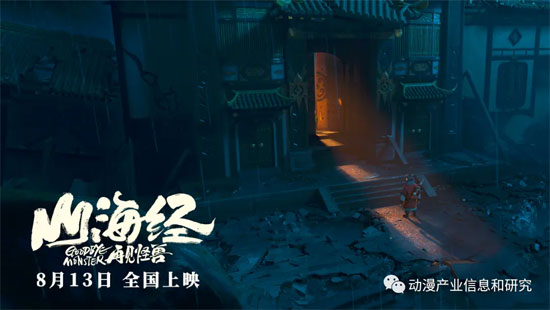
One lingering regret is that the Mountain Spirit of Bitterness wasn’t revived. He was a standout character in the film—distinctively designed, endearingly cute, and embodying a personality many people recognize in real life. When he succumbed to the Black Spirit and turned to stone, it felt profoundly tragic.
Yet I still idealistically hope he could be saved. When the White Deer uncovers the Black Spirit’s secret, when the world of mountains and seas is no longer troubled by the Black Spirit, might we not look back and revisit that bewildered stone statue in the desert, lost and uncertain of its path? Let us not forget those pioneers, nor withhold redemption for the ordinary souls like the Mountain God of Suffering. In resolving the Black Spirit’s threat, not a single soul should be left behind.
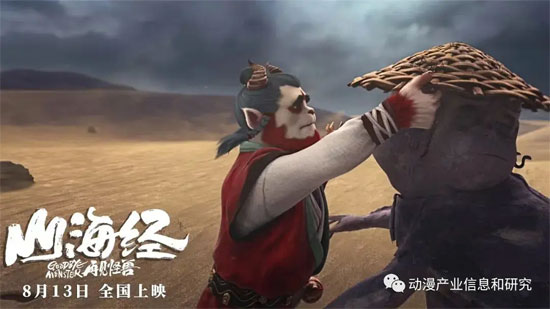
Light the flame within your soul. Bravely confront life’s challenges and emotional turmoil. Bid farewell to the monsters lurking in your heart. We’ve received the gift brought back from this Shan Hai world—a blend of healing arts and mythical beasts.
Please specify:Anime Phone Cases » Goodbye Monster 2022 Film Review: Light the Light of the Soul